Xanthisma spinulosum, Lacy Tansyaster
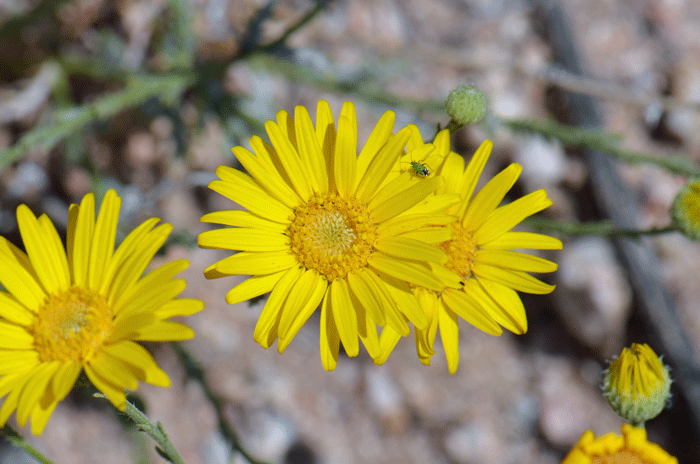
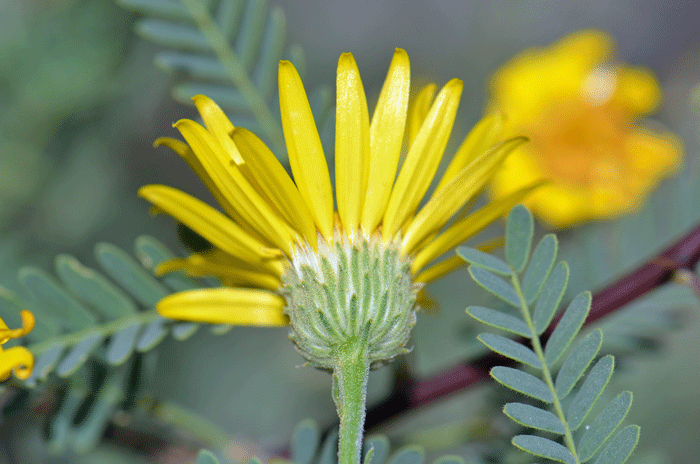
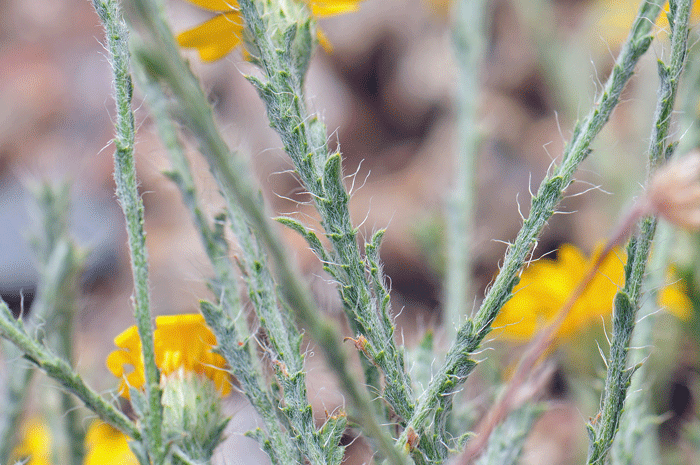
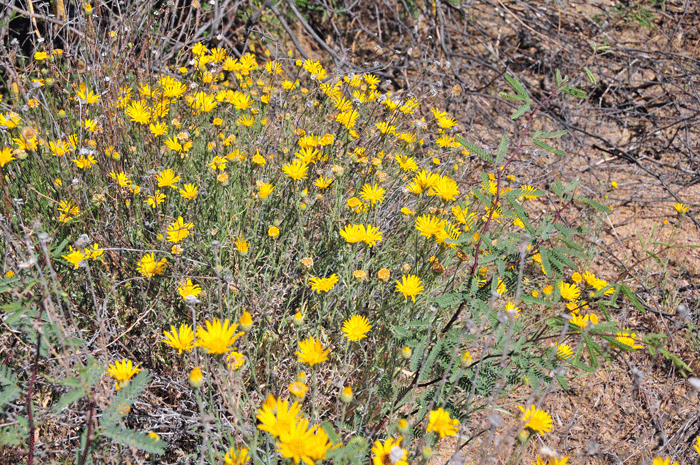
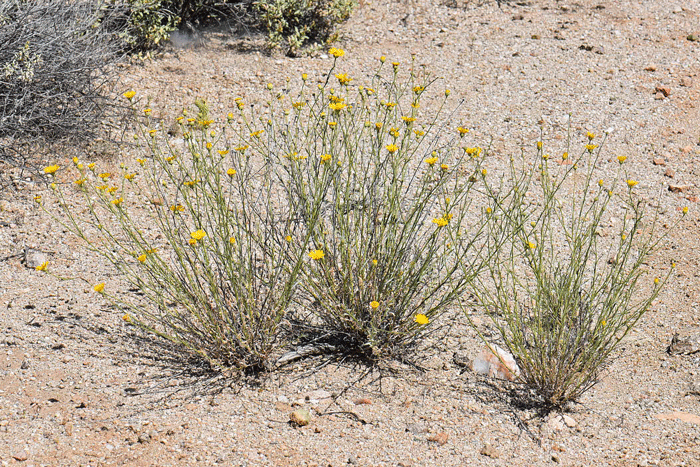
Scientific Name: Xanthisma spinulosum
Common Name: Lacy Tansyaster
Also Called: Cutleaf Goldenweed, Cutleaf Ironplant, Ironplant, Lacy Tansy-aster, Pinnate Machaeranthera, Spiny Goldenweed, Spiny Haplopappus
Family: Asteraceae, Sunflower Family
Synonyms: (Amellus spinulosus, Aploppus spinulosus, Aster pinnatifidus, Dieteria spinulosa, Diplopappus pinnatifidus, Eriocarpum spp, Haplopappus spp, Machaeranthera autralis, Machaeranthera pinnatifida var. gooddingii, Machaeranthera texensis, Sideranthus australis, Starkea pinnata, more)
Status: Native
Duration: Perennial from a taproot.
Size: Up to 3 feet (91 cm) tall or more.
Growth Form: Forb/herb, subshrub; bases typically woody; plants upright or spreading; stems 1 to numerous; plants stout; stems variable from hairless to matted with woolly hairs; may be glandular hairy.
Leaves: Green, gray-green; lower basal leaves withered by flowering; blades variable; leaves hairy or hairless; may be glandular hairy.
Flower Color: Yellow; flora heads with both ray and disk florets; bracts or phyllaries surrounding floral heads narrowly linear as shown above; fruit is a cypsela, and the seeds have a feathery or hairy top for greater wind distribution.
Flowering Season: March to October
Elevation: 2,000 to 5,000 feet (610-1,524 m)
Habitat Preferences: Lower and upper (piñon, juniper) desert communities, pinyon-juniper and chaparral habitats, sunny open areas, arid grasslands, rocky, sandy and gravelly areas.
Recorded Range: Throughout southwestern and central United States west of the Mississippi River and central Canada. Also recorded in Baja California and northern Mexico. Found throughout Arizona.
North America & US County Distribution Map for Xanthisma spinulosum as Machaeranthera pinnatifida.
North America species range map for Lacy Tansyaster, Xanthisma spinulosum:
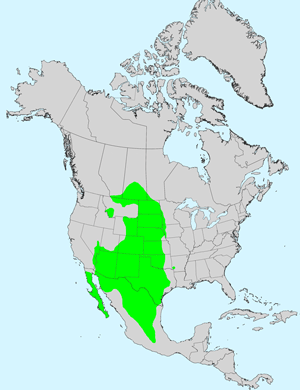
U.S. Weed Information: Xanthisma spinulosum is listed in: Weeds of Nebraska and the Great Plains. Plants included here may become weedy or invasive.
Wetland Indicator: In North America Xanthisma spinulosum has the following wetland designations:
FACU = Facultative Upland, usually occur in non-wetlands, but may occur in wetlands
UPL = Obligate Upland, almost never occur in wetlands
Invasive/Noxious Weed Information: Unknown
Threatened/Endangered Information: Unknown Genus Information: In North America there are 18 species and 18 accepted taxa overall for Machaeranthera. Worldwide, The Plant List includes 27 accepted species names and a further 18 scientific names of infraspecific rank for Machaeranthera.
The genus Machaeranthera was published in 1832 by Christian Gottfried Daniel Nees von Esenbeck (1776-1858).
The synonym genus Xanthisma was published by Augustin Pyramus de Candolle in 1836.
In the Southwestern United States: Arizona and New Mexico each have 13 species of genus, California, Nevada, Texas and Utah each have 8 species. Data approximate, subject to revision.
There are 5 varieties in Xanthisma spinulosum in Flora of North America;
Xanthisma spinulosum var. gooddingii (AZ,CA,NV);
Xanthisma spinulosum var. paradoxum (CO,NM,UT);
Xanthisma spinulosum var. glaberrimum (CO,IA,KS,NE,NM,OK,TX,WY) ;
Xanthisma spinulosum var. spinulosum (USA; Central mid-west, and Canada: AB,SK,MB);
Xanthisma spinulosum var. chihuahuanum (AZ,NM,TX);
Comments: The yellow daisy-like flowered species are often included in Machaeranthera. Lacy Tansyasters have variable characteristics and are taxonomically confusing to botanists as evidenced with the many taxonomic changes over the years. Its true classification may yet be resolved.
Also see in Southwest Desert Flora the very similar but annual species, Slender Goldenweed, Xanthisma gracilis.
The genus Machaeranthera was published in 1832 by Christian Gottfried Daniel Nees von Esenbeck (1776-1858).
The synonym genus Xanthisma (Xanthis'ma:) is a Greek name meaning "that which is dyed yellow," in reference to the flowers.
The genus Xanthisma was published by Augustin Pyramus de Candolle in 1836.
The species epithet “spinulosum” (spinos'um:) is Latin for "thorny" which suits this species very well.

